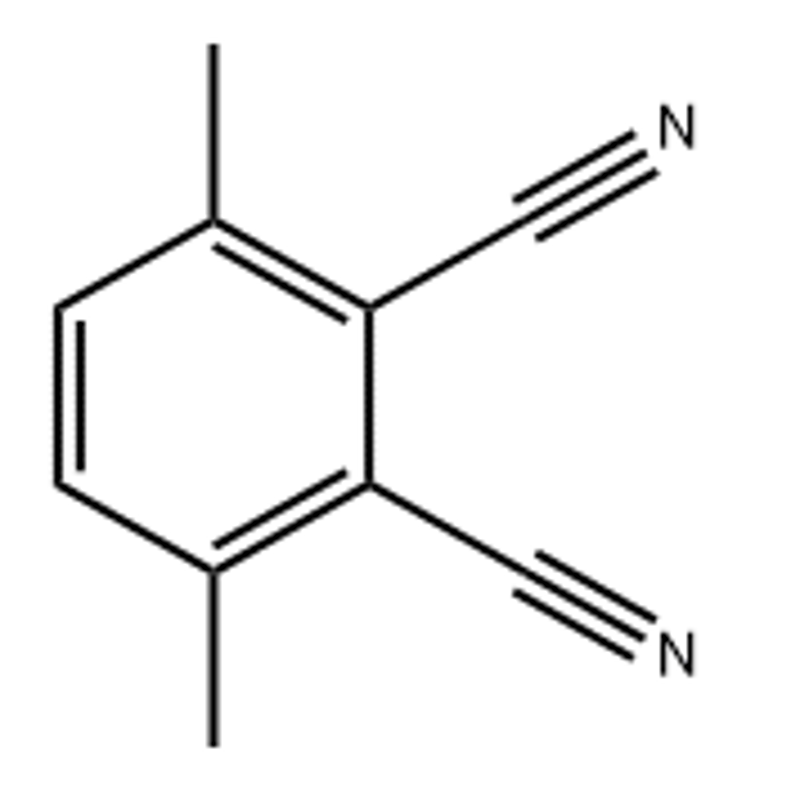New research: Cells metabolize stress or weaken the toxicity of the new coronavirus
-
Last Update: 2021-01-06
-
Source: Internet
-
Author: User
Search more information of high quality chemicals, good prices and reliable suppliers, visit
www.echemi.com
the virability of the new coronavirus weakened? This is a matter of global concern. On November 7th, the reporter learned from the Shenzhen Huada Institute of Life Sciences that a study by the institute in collaboration with a team from the Faculty of Biological Medicine of the University of Hong Kong gave "possible answers" to the above questions. Studies have shown that cell metabolic stress may weaken the toxicity of the new coronavirus. At present, the relevant research results have been published in the international journal Genomic Biology and Evolution.
So far, scientists have found seven human coronavirus, three of which can cause fatal respiratory diseases, including severe acute respiratory syndrome (SARS-CoV), Middle East Respiratory Syndrome (MERS-CoV) and the new coronavirus (SARS-CoV-2), and the remaining four seasonal coronavirus usually cause only cold symptoms and do not cause serious illness.
To understand the differences in genomic characteristics of different types of coronavirus, the team selected 89 different types of coronavirus genomes, performed base composition and cryptococyte preference analysis, found that the coronavirus genome is generally low in cytosine content, and the protein coding area avoids the use of third-bit cytosine cocoons. Interestingly, the content of cytosine in 4 species of coronavirus, which has been endemic in the population for a long time, was between 13.0% and 16.7%, compared to the short-term prevalent coronavirus (SARS-CoV, 20.0%; MERS-CoV, 20.3%;SARS-CoV-2, 18.4%) is lower.
, the team raised the question: Will the cytosine content of the genome decline during the ongoing evolution of the new coronavirus, which is gradually similar to the long-standing coronavirus? The researchers then collected 2,574 genome-wide sequences published in a public database (sampled from December 24, 2019 to April 17, 2020) to analyze trends in base composition. The results show that the cytosine content in the new coronavirus coding area is indeed decreasing gradually in the course of continuous transmission.。 Based on the above observations, the team described for the first time the bottleneck that the new coronavirus encountered in utilizing host resources at a metabolic level.
triphosphate cytosine (CTP) is an important part of the coronavirus biosynthesis process, which involves four important synthesis processes: viral RNA genomic synthesis, viral cystic membrane synthesis, viral protein glycosylation, host tRNA synthesis. Since the head-to-head synthesis of CTP must be carried out by urealine triphosphate (UTP), its availability in the host cell is greatly limited compared to the other three nucleoside triphosphates. The replication bottleneck caused by CTP limitations may explain the mechanism of action of the natural antiviral protein viperin, which converts CTP into ddhCTP, which can terminate the extension of the RNA chain and thus inhibit the replication of the RNA virus genome.
research team points out that further research related to the evolution and metabolism of neo-coronavirus could provide new ideas for the development of antiviral drugs., however, it is worth noting that the hypothesis that the new coronavirus cytosine content is related to trends in pathogenicity still needs further experimental validation.In addition to the above-mentioned research on the evolution trend of the new coronavirus, Shenzhen Huada Life Sciences Research Institute has also jointly researched with a number of units, developed a high-flunut sequencing method for the new coronavirus, and used multiple PCR amplification sub-sequencing of the virus in patients with the new corona. The characteristics are explored to prove that the virus during the recovery of the new crown patient comes from the initial infection, and the virus in the swab may have the infection activity, the research results point out the importance of isolation in the early stage of discharge of the new crown pneumonia recovery patients, and provide a scientific reference for the formulation of the prevention and control strategy of the new crown pneumonia. (Source: Zhao Guangli, China Science Journal)
related paper information:
This article is an English version of an article which is originally in the Chinese language on echemi.com and is provided for information purposes only.
This website makes no representation or warranty of any kind, either expressed or implied, as to the accuracy, completeness ownership or reliability of
the article or any translations thereof. If you have any concerns or complaints relating to the article, please send an email, providing a detailed
description of the concern or complaint, to
service@echemi.com. A staff member will contact you within 5 working days. Once verified, infringing content
will be removed immediately.





![3-fluorodibenzo[b,d]furan](https://file.echemi.com/fileManage/upload/category/ac71ac0d-8ef6-11ec-89e5-fa163ed06441.png)
